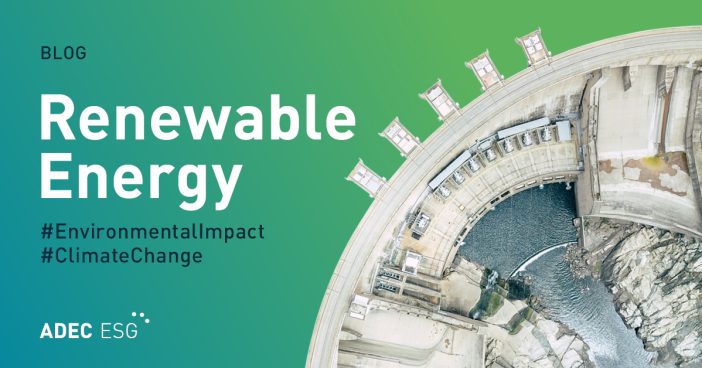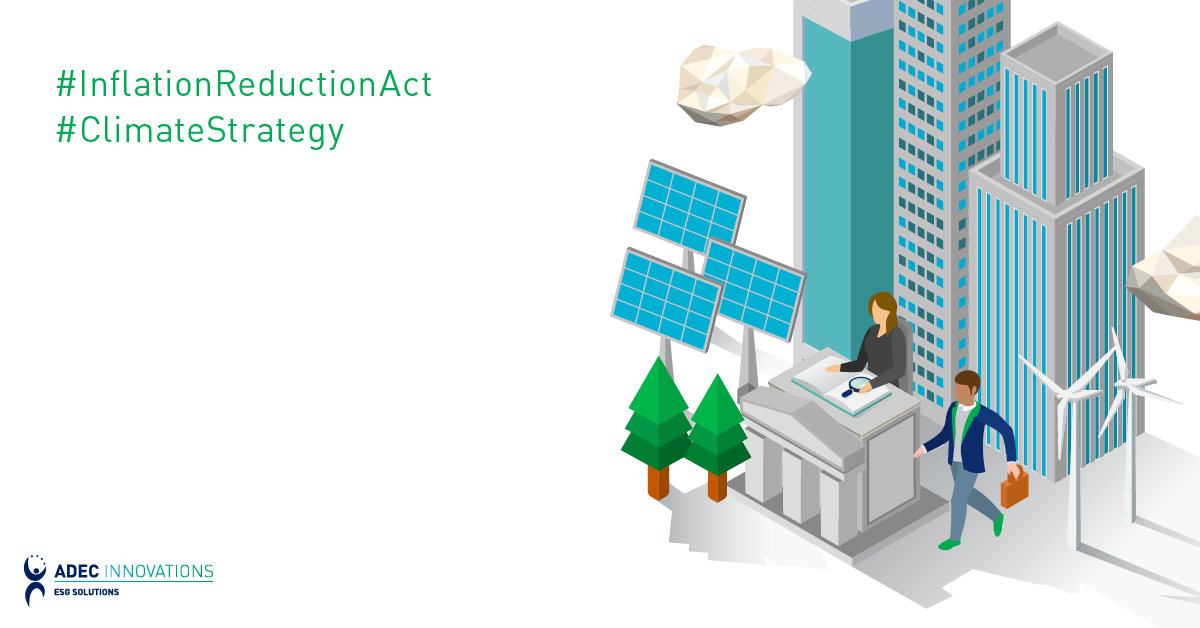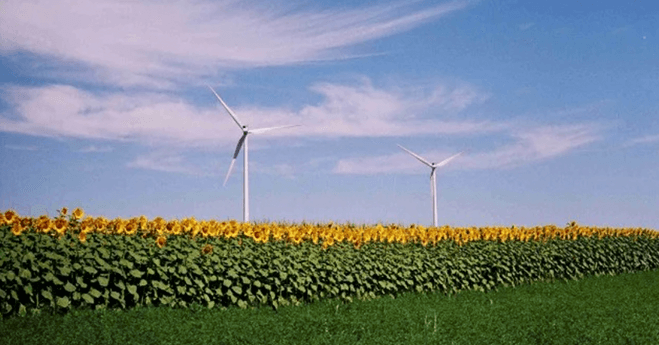This article was updated on December 9, 2024.
Issues surrounding energy—its production, distribution, use, and storage—are at the heart of global climate conversations. Renewable energy is generally acknowledged as the key to countering climate change and achieving global climate goals, with sustainable energy transition rising to the top of the UN’s list of sustainable development priorities. Renewable energy produces far less greenhouse gases (GHGs) than fossil fuel resources like coal, oil, and natural gas. In some cases, renewable sources produce no GHGs at all once they are up and running.
In addition, global investment in clean energy—renewable power, storage, energy efficiency projects, low-emissions fuels, and other “clean” sources of power—is at an all-time high, projected to exceed US$2 trillion in 2024, almost double global investment in fossil fuels. Despite these seemingly high numbers and considerable acceleration since 2020, a report by the International Energy Agency estimates that investments in clean energy and infrastructure will need to double by 2030 in order to meet COP28 goals.
Renewable energy sources have a central role to play in combating climate change and building resilience for both private organizations and the communities they serve. Still, any form of energy generation will come with environmental impacts. To achieve a low-carbon future, it’s important to understand the effects of these energy resources and assess which solution best fits a given location, community, and stakeholder goals.
Where does renewable energy come from?
Renewable energy is derived from sources that are continuously, sustainably, and naturally replenished. Common renewable energy types include:
- Wind power: Captured kinetic energy generated by air moving the blades of wind turbines, either offshore or onshore. Wind energy sites produce no GHG emissions once established.
- Solar energy: Sunlight converted into usable energy by photovoltaic (PV) panels or solar thermal systems. As of 2023, solar generation is the fastest-growing electricity source in the United States.
- Hydropower: Captured kinetic energy produced by water moving from higher to lower elevations, spinning the blades of turbines within a hydropower facility, such as a dam or diversion structure. These facilities often serve multi-purpose functions within communities, providing drinking water, irrigation, and flood control—in addition to hydropower.
- Bioenergy: Energy produced from biomass, including wood, charcoal, manure, and other organic materials. There are multiple ways that energy is released from biomass, including burning, anaerobic digestion, and direct fuel conversion.
- Geothermal energy: Energy extracted from natural geothermal systems. Geothermal fluid—water, steam, and vapor heated within the Earth—is used to drive turbines that produce electricity.
- Ocean energy: Electricity produced by harnessing energy generated by the ocean. For example, tidal energy is captured by underwater turbines as water flows through the blades between high and low tide. Wave energy is often captured using converters that rise and fall with waves, driving a turbine that generates electricity.
What environmental impacts do renewable energy installations have?
Any human intervention will have some impact on the local environment—often with more far-reaching effects. While renewable energy projects present effective solutions to addressing climate change, understanding and acknowledging potential environmental risks allows us to account for and mitigate them.
Initial impacts of renewable energy sites
Renewable energy systems inevitably require parts for construction. The production of these parts and construction of energy systems themselves do often involve energy-intensive processes, such as the manufacture of iron, steel, glass, and composite materials for use in the creation of turbines. Solutions to reduce the effect of these impacts include longer lifetimes, larger power capacities, and higher recycling rates.
Clearing land for energy projects can also have both initial and long-term effects on native habitats. The wider environmental impact of any potential site should be seriously assessed prior to installation, and turning to land already in use—such as projects that integrate solar energy systems on farms—may help to mitigate these impacts and provide economic value to local communities.
Ongoing environmental impacts
Long-term environmental impacts vary based on location and technology.
For example, wind energy sites can impact bird and bat populations. While there is some risk of death from direct collisions with turbine rotors, the presence of turbines can also disrupt migration routes and impact habitat quality. These risks are mitigated by screening potential sites for animal activity ahead of construction, monitoring activity and mortality rates at operating sites, slowing or stopping operation during times of high activity, and utilizing deterrent technologies.
In addition, offshore wind sites can have an impact on marine environments. Noise and vibration during operation can be disruptive or damaging to fish, mammals, and other marine species. The presence of offshore energy projects may also alter local hydrodynamics, disrupt species distribution and life cycle stages, and increase vessel traffic—among other effects.
Poorly planned hydropower projects can also create problems for local ecosystems, as they require the building of dams that can disrupt fish migrations and create reservoirs that emit large amounts of greenhouse gases. Mitigation measures include fish ladders that allow native species to migrate upstream and the exploration of new technologies, such as methane-capture.
As with any product or service, end-of-life impacts are a consideration. Solar panels, for example, can contain materials that are harmful at high levels, like lead and cadmium. Batteries used in energy storage may also contain hazardous chemicals, such as lithium and lead. Safe recycling, disposal, and transportation of retired equipment is a crucial part of responsibly managing energy systems—renewable or not.
Renewable energy projects are critical to achieving climate-related goals—both on a broad global scale and as a way for individual communities and organizations to build resilience. Like any human action, they come with their own costs. Continued research and assessments are vital to ensuring that we understand potential ecological impacts, anticipate risks and uncertainties, and adopt mitigation measures, ensuring that the energy sector operates in a way that is sustainable and prepared for the future.
ADEC ESG works to help our global clients meet their sustainability goals, from creating GHG emission reduction programs and setting science-based targets to improving transparency in reporting and governance. For more information on energy management, sustainability, and how we can help you build resilience for the future, subscribe to our monthly newsletter, GreenWatch.
This blog provides general information and does not constitute the rendering of legal, economic, business, or other professional services or advice. Consult with your advisors regarding the applicability of this content to your specific circumstances.




